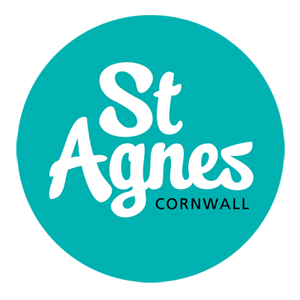
We are a busy, living, breathing community that is open and welcoming all year round
We have not one, but four beaches to explore
Our coast is a haven for wildlife, including sharks, seals and dolphins
We are in a designated Area of Outstanding Natural Beauty
We have World Heritage Status (a bit like the Pyramids, just with less sand)
We support, and love, our local shops
We are home to not one, but two international surfing competitions
Our pubs serve award-winning real ales, and fresh, local produce
Our creative community organises a host of year-round events and carnivals
We support, and are home to, a great range of small, independent businesses
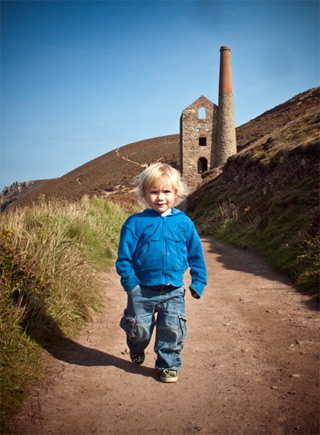
If you enjoy getting off the beaten tourist track, but want stunning scenery and the facilities and atmosphere of a lively Cornish village, then this is the place for you.
The Local Area
The official parish of St. Agnes stretches 10 miles inland from the coast, across rolling hills dotted with the impressive remnants of our proud mining history.
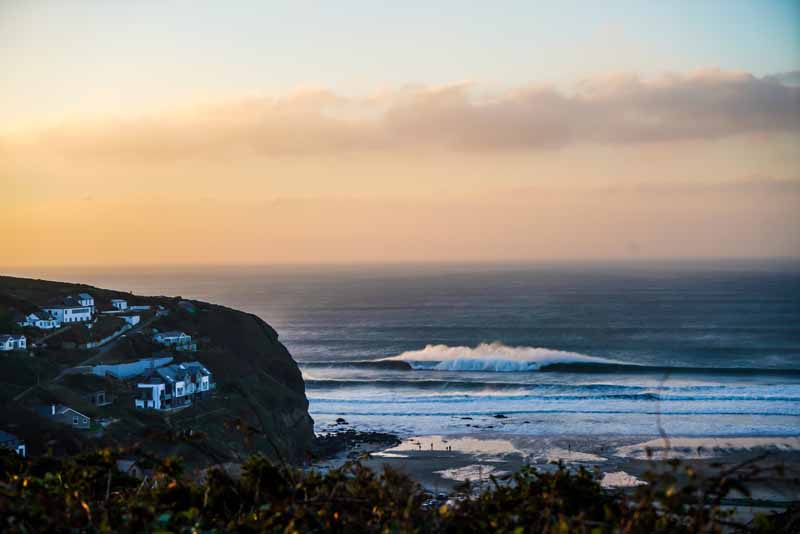
Porthtowan
Porthtowan has the largest, sandy beach in the parish, which is regularly awarded Blue Flag status. There are family-friendly beach shops and bars, a surf shop, and a backpackers, making it the perfect place to chill-out and enjoy the best of the Cornish sea-side.
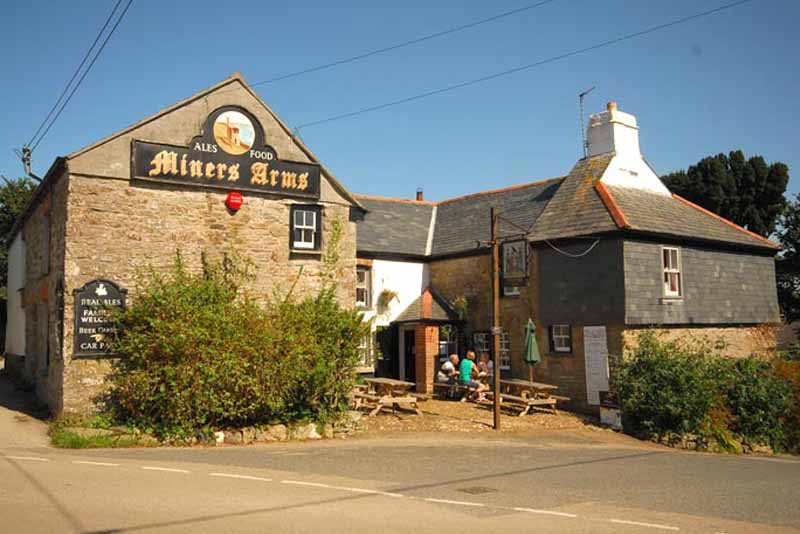
Mithian
Mithian is said to be one of the oldest villages in Cornwall. Many of the houses are three to four hundred years old and built of cob (clay reinforced with straw and horse hair). The popular Miners Arms pub is reputed to have been built in 1577 and widely thought to be haunted.
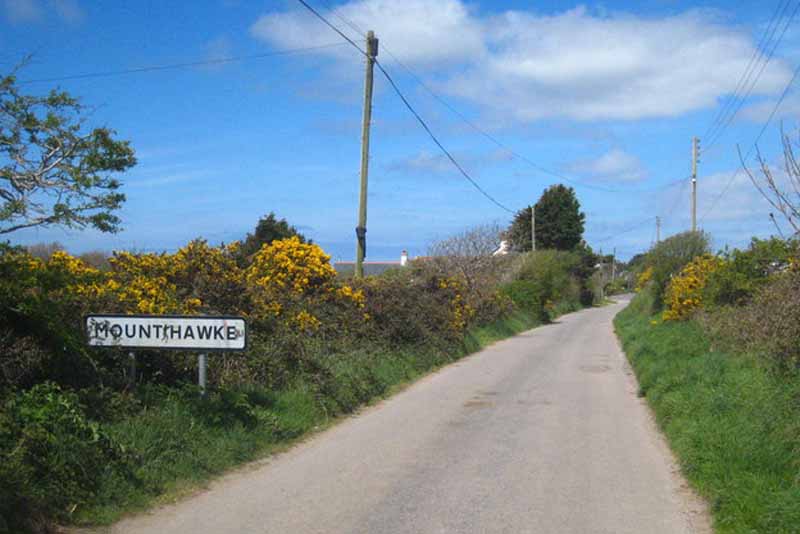
Mount Hawke
Mount Hawke sits atop a picturesque valley up from Porthtowan, and grew as a result of local copper mining workings. A friendly and thriving community, it has two pubs, two local stores, and is also home to the county’s largest and most popular skate park
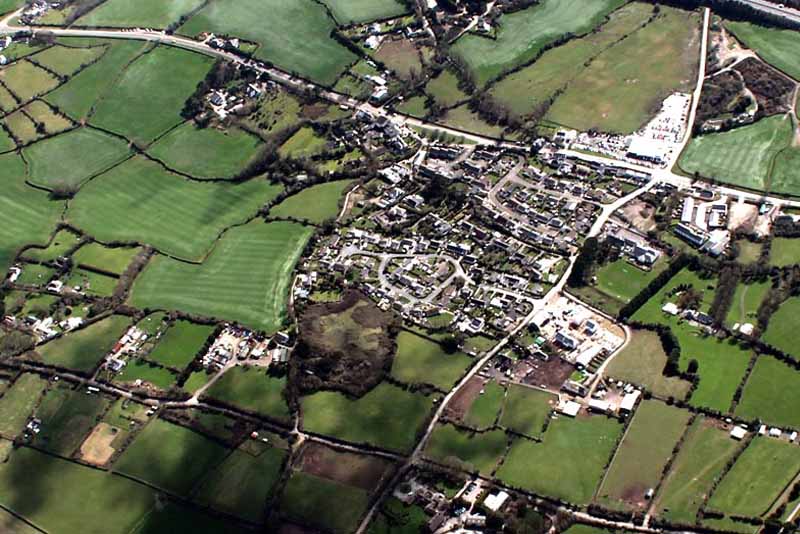
Blackwater
Blackwater is a small, friendly village at the gateway to the area just off the A30. It has a good selection of local shops and pubs, and has a place in history as the birthplace of The Victorian philanthropist and journalist John Passmore Edwards.
Our History
St Agnes has an extremely rich mining history due to the unique high quality tin found in the area, formed by action between the granite and the complex rock around the area’s cliffs. Today, St. Agnes remains the last remaining tin production centre in the UK (at the Blue Hills mine).
The iconic mine shaft at Wheal Coates goes all the way down to the sea, and at high tide you can hear the waves crashing against the rocks through a grate on the floor of the ruin. This mine shaft is accessible through a large cave at the far end of Chapel Porth beach at low tide. Legend has it that Wheal Coates is haunted by the ghosts of the miners that have tragically died there…
The mining that occurred in and around St Agnes shaped the landscape, economy and society of the village. This is still evident today in the ruins of the mines themselves, the harbour where ore was shipped and coal received, as well as in the magnificent houses of the mine owners. The area is recognised as a World Heritage Site, and the Cornish Mining website is an excellent place to head for exploratory walks, fascinating facts and a deeper understanding of the huge importance of this industry in Cornish history.
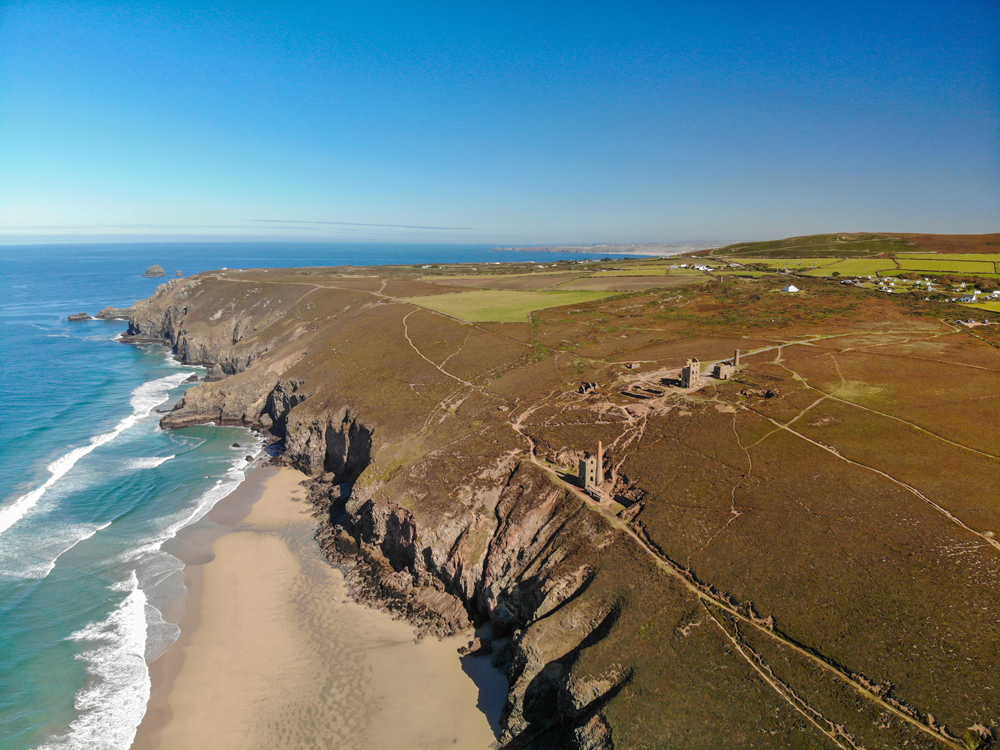
St Agnes Museum
If you would like to learn more about the rich and varied history of the area, visit the St Agnes Museum, which contains a fascinating array of artefacts and exhibits detailing the area’s mining and seafaring heritage.
